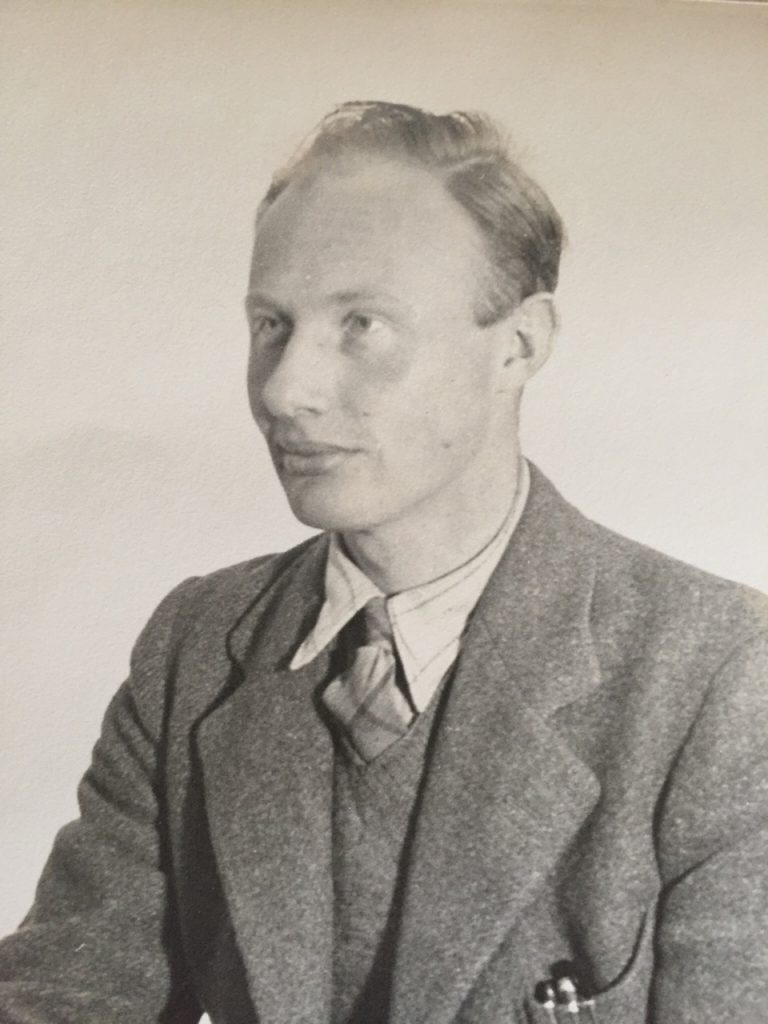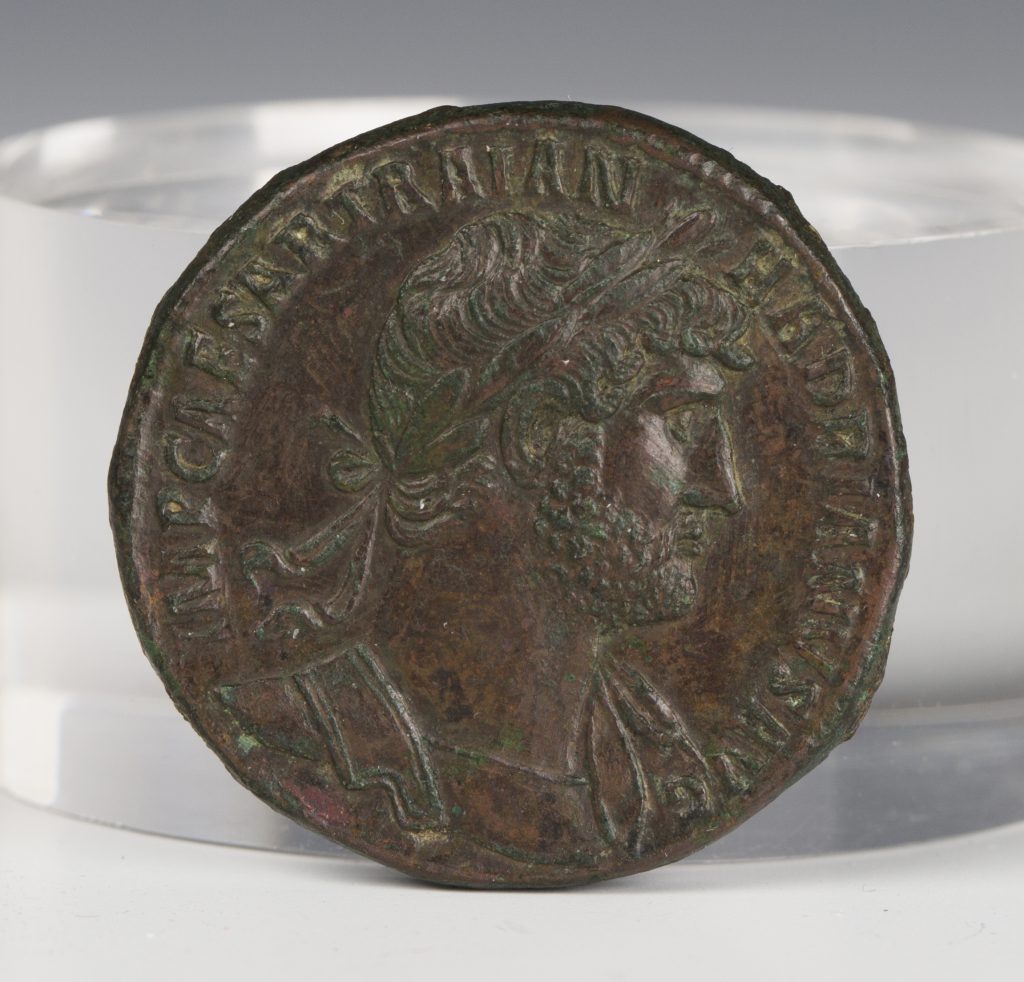
A remarkable collection of coins, predominately from Classical Antiquity, have been entered for auction at Toovey’s and is expected to realise tens of thousands of pounds. This single owner collection of coins was formed during the 1960s and 1970s by the late Fred Clark, a gifted and meticulous antiquarian.
Fred rode his BSA Bantham motorcycle all over Suffolk and the South East of England collecting not only coins but fossils and prehistoric flints too.
When his family moved to Woking in Surrey in the 1960s Fred opened a shop in Guildford which became a favourite haunt for collectors.
The study of the ancient civilisations of Greece and Rome have had a profound influence on Western Civilisation and thinking over millennia. As we look through this remarkable collection it becomes apparent that nearly all the Roman Emperors are represented in the coins. Fred Clark was a gifted classicist.

Toovey’s specialist, Mark Stonard, draws my attention to the Roman Empire Hadrian (117-138AD) sestertius. He explains that on the reverse Ceres is depicted standing to the left, holding corn ears and a long torch. Mark says “Hadrian is such a well-known character to us. The natural patination of this bronze sestertius coin and its condition is very good.” There is an accompanying letter from the British Museum, dated 17th July 1970, remarking that this coin is ‘even better than their own example’. The finely penned label written by Fred Clark describes the coin and its history. Mark comments “Fred was meticulous with his recording.”
The coin reminds me that the Emperor Hadrian was a brilliant administrator and travelled the Empire visiting the Provinces and ensuring discipline in the Roman armies which he held in such high regard. Hadrian was also renowned for his love of architecture and building. The Pantheon which he rebuilt in Rome still stands.
Hadrian left his mark in Britain too. The Vallum Hadrian, known today as Hadrian’s Wall, was built around 122AD. It stretched from coast to coast and its ruins can still be seen today.
The British Empire looked to the Classical Antiquity for inspiration in its arts, architecture and objects.

This influence is apparent in the George IV crown dated 1821 which depicts the King as an Emperor from antiquity which is in fine condition.
With estimates ranging from the low hundreds into the thousands the collection is expected to realise tens of thousands of pounds. The Fred Clark coin collection will be auctioned at Toovey’s on Wednesday 1st November 2017 in the afternoon.
Coins connect us with the procession of human history in a remarkable way and delight in the quality of their aesthetic and manufacture. No wonder that they are a boom market.
By Rupert Toovey, a senior director of Toovey’s, the leading fine art auction house in West Sussex, based on the A24 at Washington. Originally published in the West Sussex Gazette.